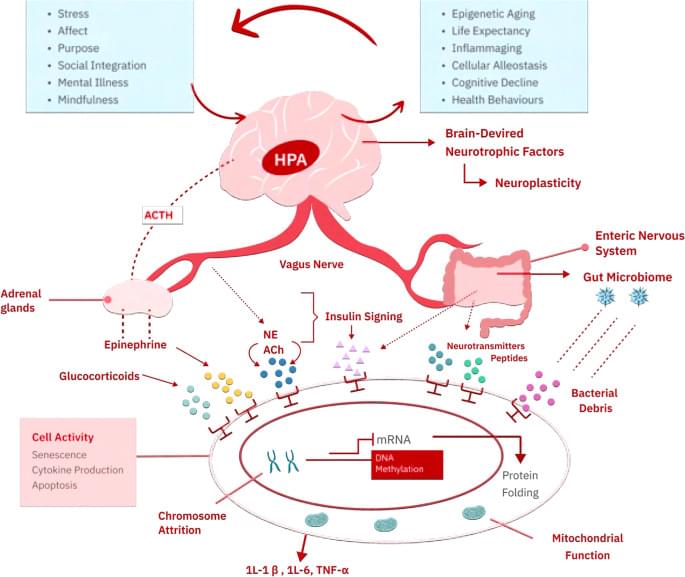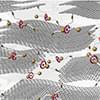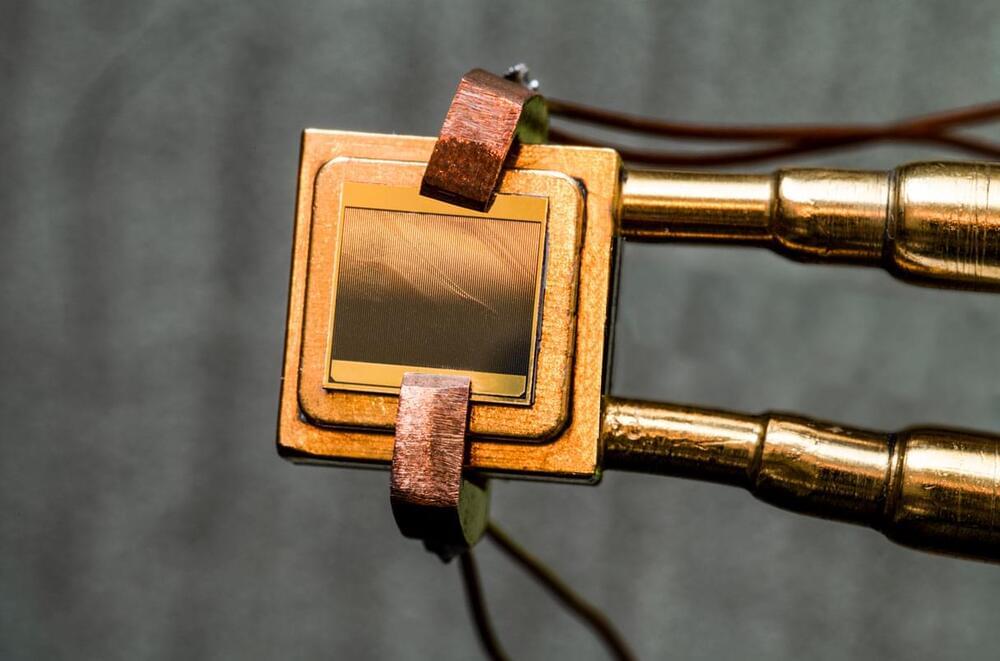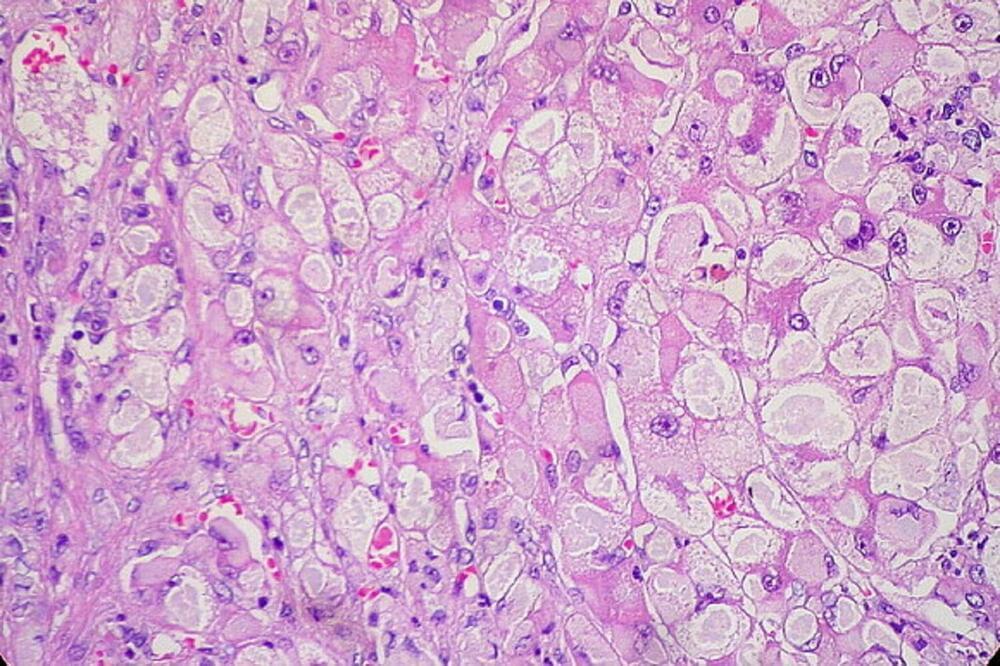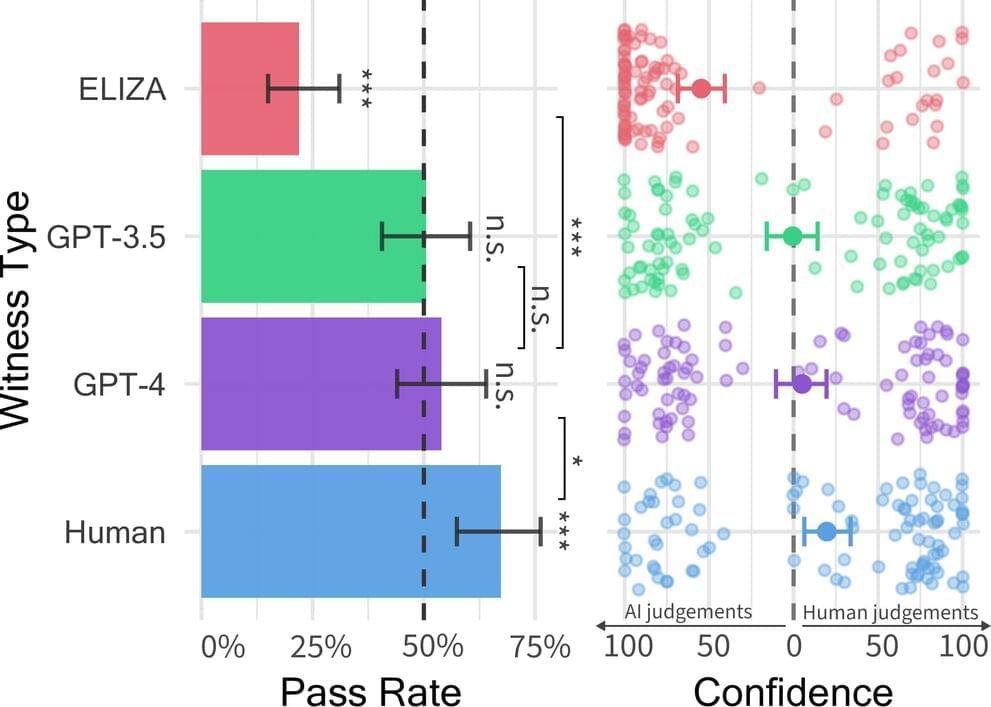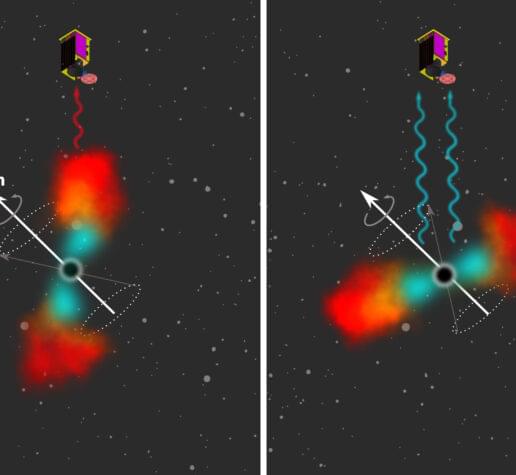
IceCure Medical, an Israeli company that developed a way to freeze and destroy tumors (cryoablation) as alternative to surgery, says an interim analysis of its current kidney cancer trial shows the platform is a safe and effective treatment for malignant renal tumors, with 89.5 percent recurrence-free rate.
The data from the analysis for the trial of the ProSense platform was presented at the Annual Israeli Conference on Interventional Radiology in Tel Aviv on June 10.
Cryoablation is not a new process, but IceCure’s system allows physicians to perform the procedure at their own office, with no need for hospitalization. It also uses liquid nitrogen instead of a mixture of argon and helium gasses, which is cheaper, can be frozen faster, and is easier to maintain at sub-zero temperatures, shortening the treatment time.
